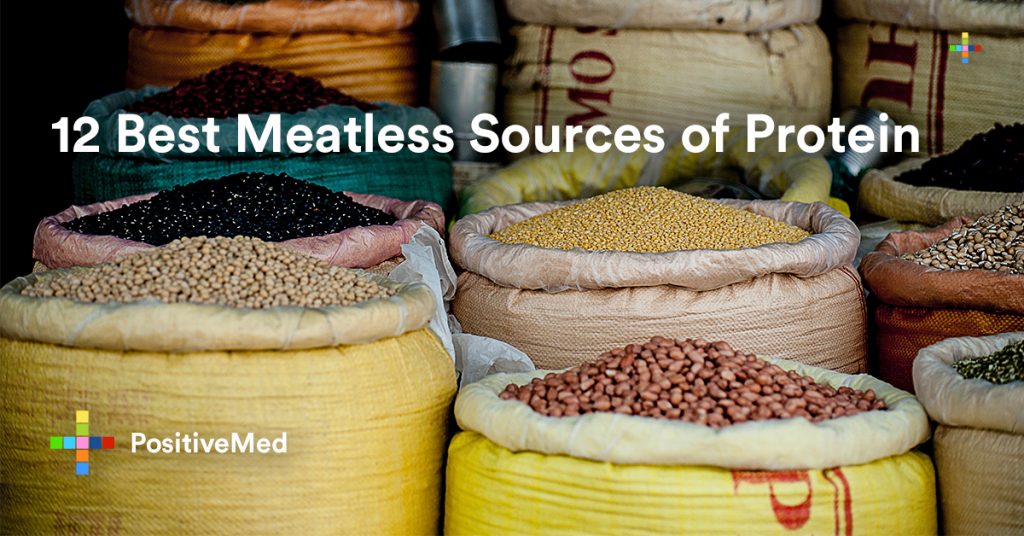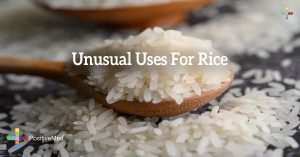Protein is the major components of a healthy diet, particularly if you are a vegetarian. It is difficult to get a daily quota from vegetarian since one is not sure for the best vegetables that contain high sources of protein. Discovering such foods rich in protein is the key to healthy and good diets. The protein contains amino acids that are beneficial in repairing damaged cells and creating new ones. Here are the main meatless protein sources:

1. Green peas
They contain high amounts of protein, minerals, and vitamins. Due to their nature, peas can be used not just as a side dish. Studies have shown that green peas contain a slightly higher amount of protein than the cup of milk. They are also a good source of fiber, which is essential in the digestion process thus preventing constipation.
2. Tofu, edamame, and tempeh
These are the types of soya beans that contain large proportions of protein that offer essential amino acids for the purpose of tissue formation. Edamame is soya beans which are immature with a slight grassy and sweet taste. Tempehs are prepared through cooking and fermenting slightly mature soya beans before pressing them. Likewise, tofu is obtained from pressing together bean curds applying the same process to cheese making.
Related link: Should We All Go Vegetarian? What Types of Meat Are Actually Cause Cancer?
3. Lentils
They are a nutritional powerhouse with rich proteins and they contain large amounts of fiber and other nutrients, such as manganese, iron, and fatole. Due to their protein content, they help to reduce and prevent the risk of various diseases such as diabetes, excess weight, and some cancer diseases. Lentils can be used in different dishes for examples fresh salads, spice-infused dahls, and hearty soups.
4. Chickpeas and most variety of beans
Both chickpeas and beans contain high protein contents per serving in the diet. Several researches have proved that diets rich in beans and legumes decrease the cholesterol levels in the body. This consequently helps to regulate blood pressure, sugar levels, and belly fats.
5. Nutritional yeast
It is sold in the market as flakes and yellow powder. It has high contents of protein, fiber, vitamin B12, and other fortified nutrients.
6. Spelt and teff
They are categorized as ancient grains that also include barley, sorghum, einkorn, and farro. They contain high protein rate as compared to the other ancient grains. They are a great source of several types of minerals and vitamins as compared to other common grains, thus they make a great substitute of proteins.
7. Amaranth and quinoa
They are classified as pseudocereals that provide a complete source of protein. Mostly, they are prepared and consumed in a similar way to traditional grains like rice and wheat. They are rich in iron, manganese, complex carbs, fiber and magnesium thus they can be incorporated on vegetarian diets.
8. Nuts, Nut Butters and other seeds
This is one of the easiest ways of adding up plant protein, minerals, and vitamins in the diet. One can opt to consume unbalanced, raw or without other additives that maximize nutrient content. Studies recommend that one should consume raw and unbalanced versions. This is because nuts that are blanched and roasted may damage the contents of nutrients found in them.
9. Fruits and vegetables rich in proteins:
All vegetables and fruits contain proteins, although in small quantities. Vegetables rich in proteins include spinach, broccoli, asparagus, sweet potatoes, Brussels sprouts, and artichokes. It is important to note that fruits have lower rates of protein as compared to vegetables.
10. Ezekiel bread and other types of bread made from sprouted grains
This bread is made by use of sprouted whole grains and legumes that are found in wheat, barley, millet, soya beans, spelt, and lentils. The bread has a high content of protein than others available in the market. The amount of healthy nutrients is increased by sprouting legumes and grains since they reduce the anti-nutrients amount. In addition, studies have found out that sprouting enhances their amino acids content. This boosts and improves the overall quality of protein. Sprouting also increases the bread folate, soluble fiber, beta carotene, and vitamin C content.
11. Wild rice
It has been found out that wild rice has more protein than other varieties of long grains such as basmati and brown rice. However, those people who rely on wild rice as their staple food should be careful and take precautions to minimize their arsenic contents.
12. Chia seeds
They are versatile sources of protein. In addition, they contain a variety of minerals, antioxidants, vitamins, and other health-promoting compounds.
Conclusion
Lack of protein among vegetarians is far away from becoming a norm. Therefore, the list above can be of great help in your diet as a vegetarian as it will assist you to incorporate more plant-based proteins. Although there are concerns about vegetarian diets might lack enough protein, but this is not the case. If a vegetarian diet is well planned, you can acquire all the required proteins and other nutrients.






